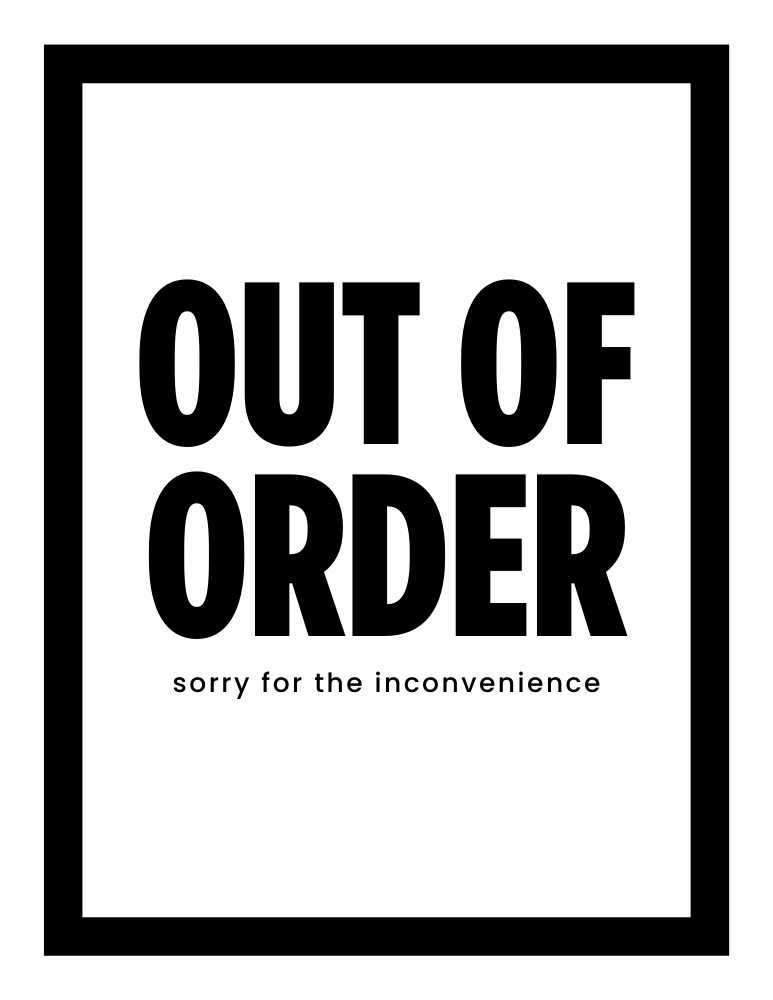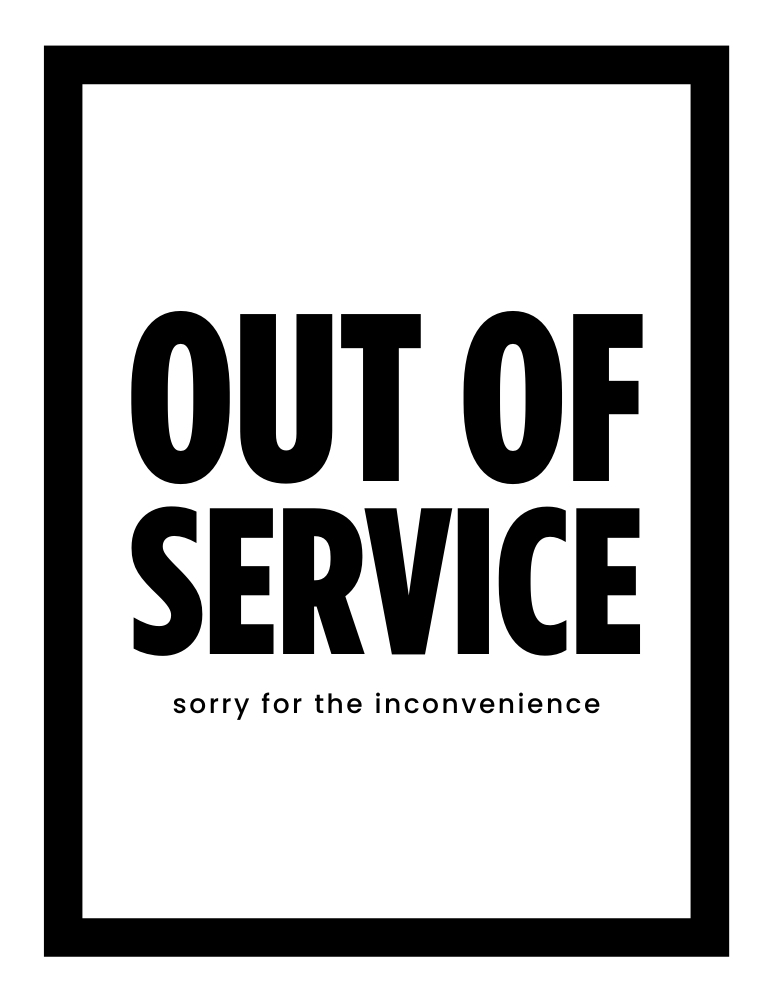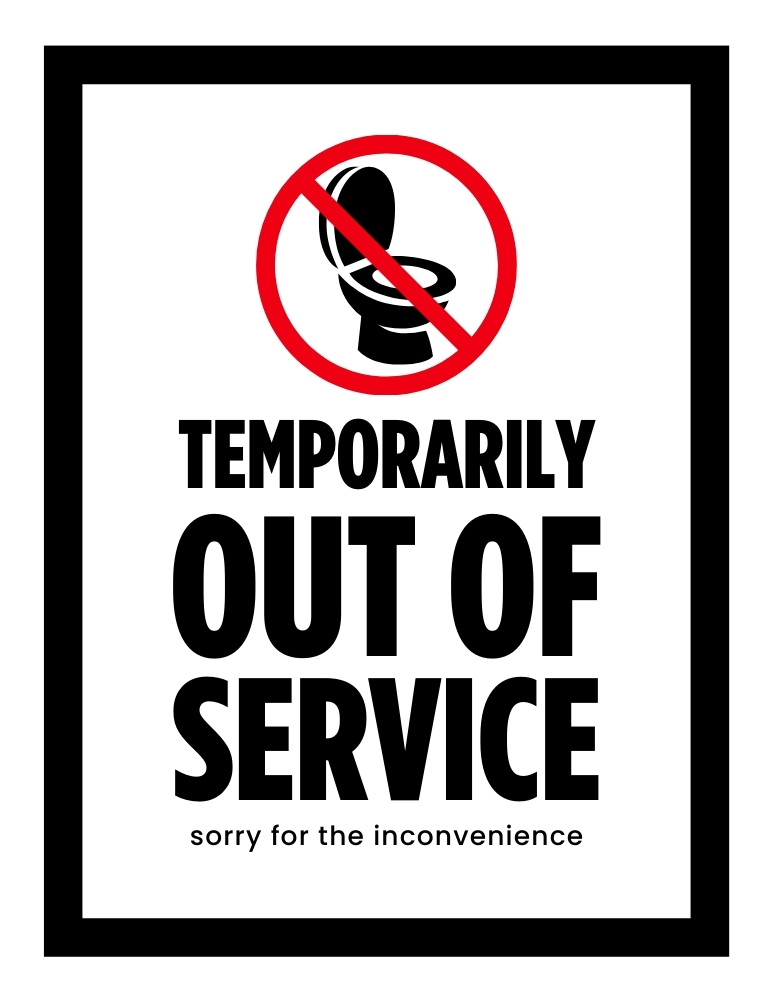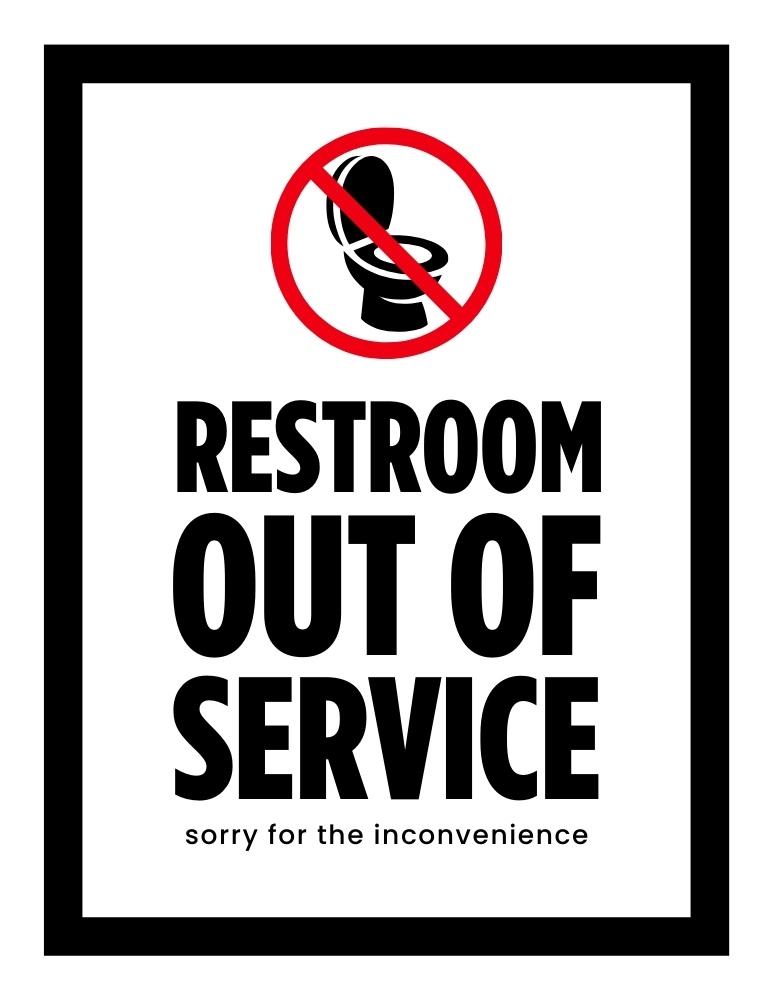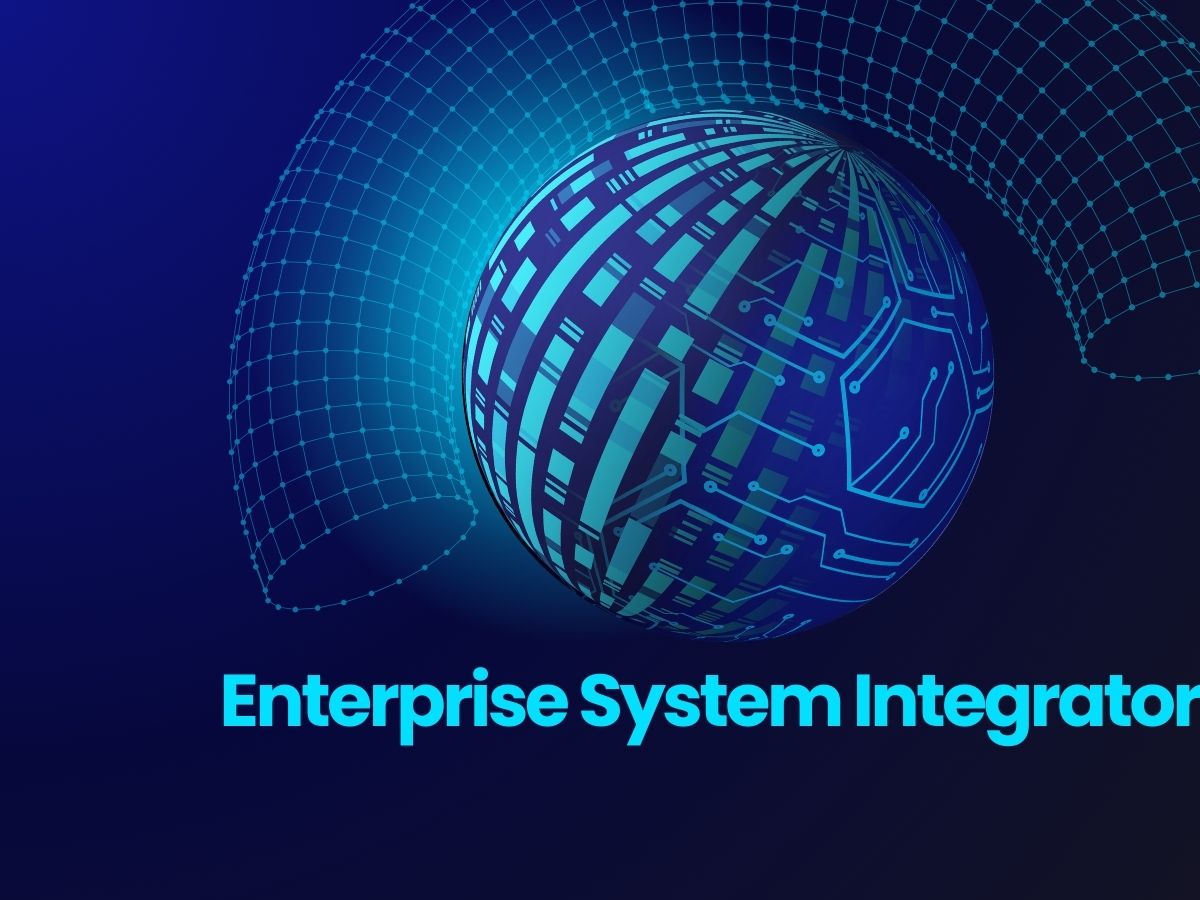The Essential Guide to Crafting Pitch Decks for Business
In today’s competitive business landscape, having a well-crafted pitch deck is not just a nice-to-have; it’s a fundamental tool for any business, irrespective of its size or stage. A pitch deck serves as a communication tool that provides a snapshot of your business to potential investors, partners, or clients.

What is a Pitch Deck – Definition
A pitch deck is a concise presentation, often created using software like PowerPoint or Keynote, used primarily by entrepreneurs to give potential investors a quick, but compelling, overview of their business. The main goal is to pique the interest of investors, providing just enough information to engage them without overwhelming them.
A typical pitch deck includes key elements like the business concept, market opportunity, revenue model, competitive analysis, and information about the team. It’s a balancing act between being visually appealing and informative, aiming to tell a story about the business that resonates with potential investors. Think of it as a highlight reel of a company, designed to get investors excited about the possibility of being part of its success.
Let’s talk a little about why a pitch deck is essential for your business:
1. First Impressions Matter
The old adage, “You never get a second chance to make a first impression,” holds particularly true in the business world. A pitch deck is often the first detailed look that an investor or client gets at your company. It needs to be engaging, professional, and reflective of your brand. This initial presentation can set the tone for all future interactions and can be the difference between securing a meeting and being overlooked.
2. Storytelling and Engagement
A pitch deck is more than just a collection of facts and figures; it’s a storytelling tool. It allows you to weave a narrative about your business, highlighting the journey, the problems you solve, and the potential for success. A compelling story can engage and resonate with your audience, making them more likely to support your business.
3. Clarifying Business Strategy
Creating a pitch deck forces you to refine and articulate your business strategy clearly. It compels you to think critically about every aspect of your business, from your value proposition to your financial projections. This clarity is not just beneficial for potential investors; it’s valuable for you as a business owner to have a clear roadmap.
4. Demonstrating Market Understanding
A good pitch deck shows that you have a deep understanding of your market. It includes market analysis, competition, target audience, and market trends. Demonstrating this knowledge can build confidence in your business, showing that you are aware of the challenges and opportunities in your industry.
5. Attracting Investment and Partnerships
The primary purpose of many pitch decks is to secure funding. A well-crafted deck showcases the potential for return on investment, making your business an attractive opportunity for investors. Additionally, a pitch deck can be used to attract partnerships, collaborators, and even key employees.
6. Efficient Communication of Complex Ideas
Business concepts can often be complex, but a pitch deck allows you to break down these complexities into digestible pieces of information. Through the use of visuals, charts, and concise text, you can effectively communicate complicated ideas in a way that is accessible to a broad audience.
7. Facilitating Preparation and Practice
The process of creating a pitch deck requires thorough preparation. It makes you anticipate potential questions and objections, allowing you to prepare answers in advance. This preparation can boost your confidence and poise when presenting, which are critical factors in making a successful pitch.
8. Scalability and Versatility
Once developed, a pitch deck can be easily modified for different audiences and purposes. Whether it’s for an investor meeting, a client proposal, or a competition, having a foundational deck that can be tailored as needed is an invaluable resource.
How to Build a Pitch Deck
Creating a pitch deck is an art and a science, a balancing act between providing information and telling a story. Whether you’re a budding entrepreneur, a film producer, or a business executive, understanding how to effectively design a pitch deck is key to capturing your audience’s attention and securing funding or support. This comprehensive guide will walk you through the essentials of creating various types of pitch decks, incorporating the best practices and structuring them to meet your specific needs.
Investor Pitch Deck
Your Gateway to Funding
An investor pitch deck is designed to get potential investors excited about your idea and engage them in a conversation about your business, hopefully leading to an investment. Here’s how to structure it:
- Introduction: Start with a strong opening that outlines what your business does.
- Problem Statement: Clearly define the problem your business solves.
- Solution: Present your product or service as the solution to the problem.
- Market Opportunity: Provide data on your target market and industry.
- Business Model: Explain how you plan to make money.
- Traction and Validation: Show any progress or sales you’ve already made.
- Marketing and Sales Strategy: Outline how you plan to attract and retain customers.
- Team: Introduce your team and their expertise.
- Financials: Present your financial projections and current financial status.
- The Ask: Specify how much funding you need and how it will be used.
Remember, clarity and conciseness are key. Investors see numerous pitches, so make yours stand out with a clear value proposition and a compelling narrative.
Startup Pitch Deck
Laying the Foundation for Success
Startup pitch decks are similar to investor decks but often focus more on the vision and potential of the business. Here’s how to tailor your pitch deck for a startup:
- Vision and Value Proposition: Start with a strong vision statement and the value your startup brings.
- The Problem and Your Solution: Articulate the problem and how your startup addresses it.
- Market Size and Growth Potential: Investors want to see the scale and growth potential of the market.
- Product or Service: Detail your offering with visuals and demos if possible.
- Business Model and Monetization: Clearly define how you’ll make money.
- Traction and Roadmap: Highlight any milestones reached and future plans.
- Marketing and Sales Strategy: Discuss your approach to market penetration.
- Competitive Analysis: Show how you stand out in the market.
- Team: Your team’s expertise can be a significant selling point.
- Financial Projections and The Ask: Be realistic and clear about your financial needs.
Movie Pitch Deck and Film Pitch Deck
Visual Storytelling
Pitch decks for movies and film pitch decks are unique because they focus heavily on visual storytelling and the creative aspect. Here’s how to approach them:
- Logline and Synopsis: Start with a compelling logline and a brief synopsis of the film.
- Mood and Tone: Use visuals to convey the mood and tone of the film.
- Target Audience: Define who the film is for and why they will be interested.
- Market Analysis: Show trends and successes in similar genres.
- Production Plan: Outline your timeline, locations, and technical needs.
- Talent and Crew: Highlight key personnel involved in the project.
- Distribution and Marketing Strategy: Discuss how you plan to distribute and promote the film.
- Budget and Financial Projections: Be transparent about the budget and expected returns.
- The Ask: Specify the funding you need and what it will be used for.
Competition Slide Pitch Deck
Standing Out in a Crowd
When you’re in a competitive environment, which we all are, your pitch deck needs to clearly articulate why you’re better than the rest. Focus your competition slide pitch deck on:
- Unique Value Proposition: Make it clear why your solution is better.
- Competitive Analysis: Use a comparison chart to show your advantages.
- Market Positioning: Explain how you’re positioning yourself in the market.
- Customer Testimonials and Case Studies: Real-world examples can be very persuasive.
- Innovations and Future Plans: Show how you’re thinking ahead.
Canva Pitch Deck
Designing with Impact
Using tools like Canva for your pitch deck can make the design process easier, especially for those without a design background. A Canva pitch deck is surprisingly easy to construct, especially since they offer many templates – even with the free version of Canva. Here are some tips:
- Use Professional Templates: Canva offers a variety of business-focused templates.
- Visual Consistency: Maintain a consistent color scheme and font style.
- Use Visuals Wisely: Incorporate charts, graphs, and images to break up text.
- Keep it Simple: Don’t overcrowd your slides; simplicity is key.
- Customize for Your Brand: Make sure your deck aligns with your brand’s visual identity.
Remember, your pitch deck is more than just a presentation; it’s a reflection of your business, idea, or project. Even more importantly, it communicates your company’s attitude, personality, DNA, and overall “vibe.” It should be engaging, informative, and compelling. Whether you’re pitching a startup, a film project, or seeking investment, the right pitch deck can open doors and make all the difference.














